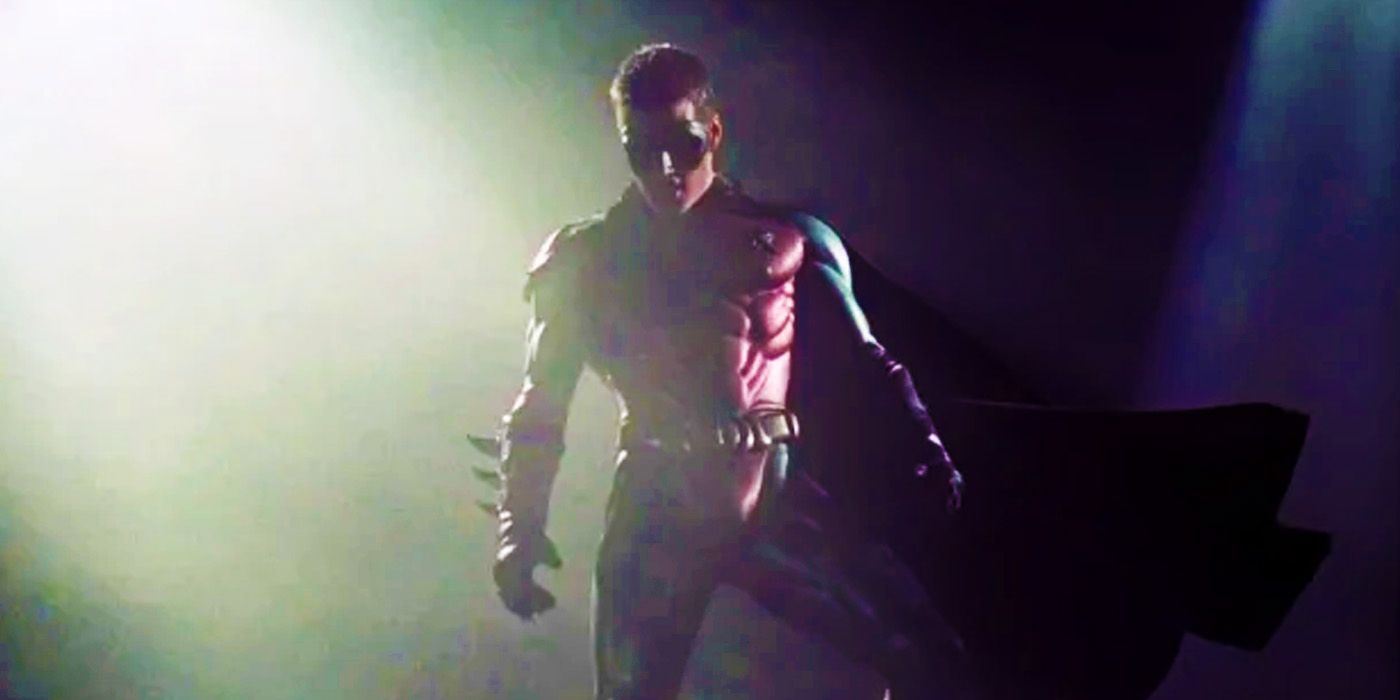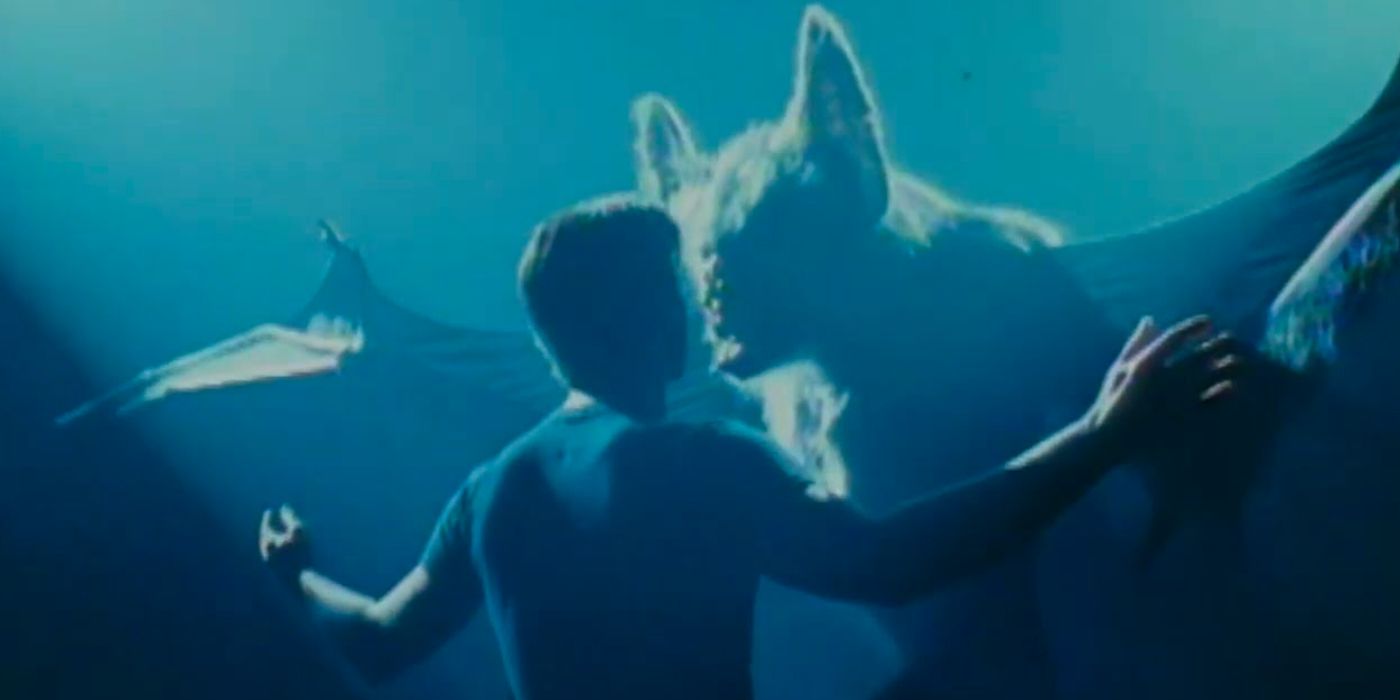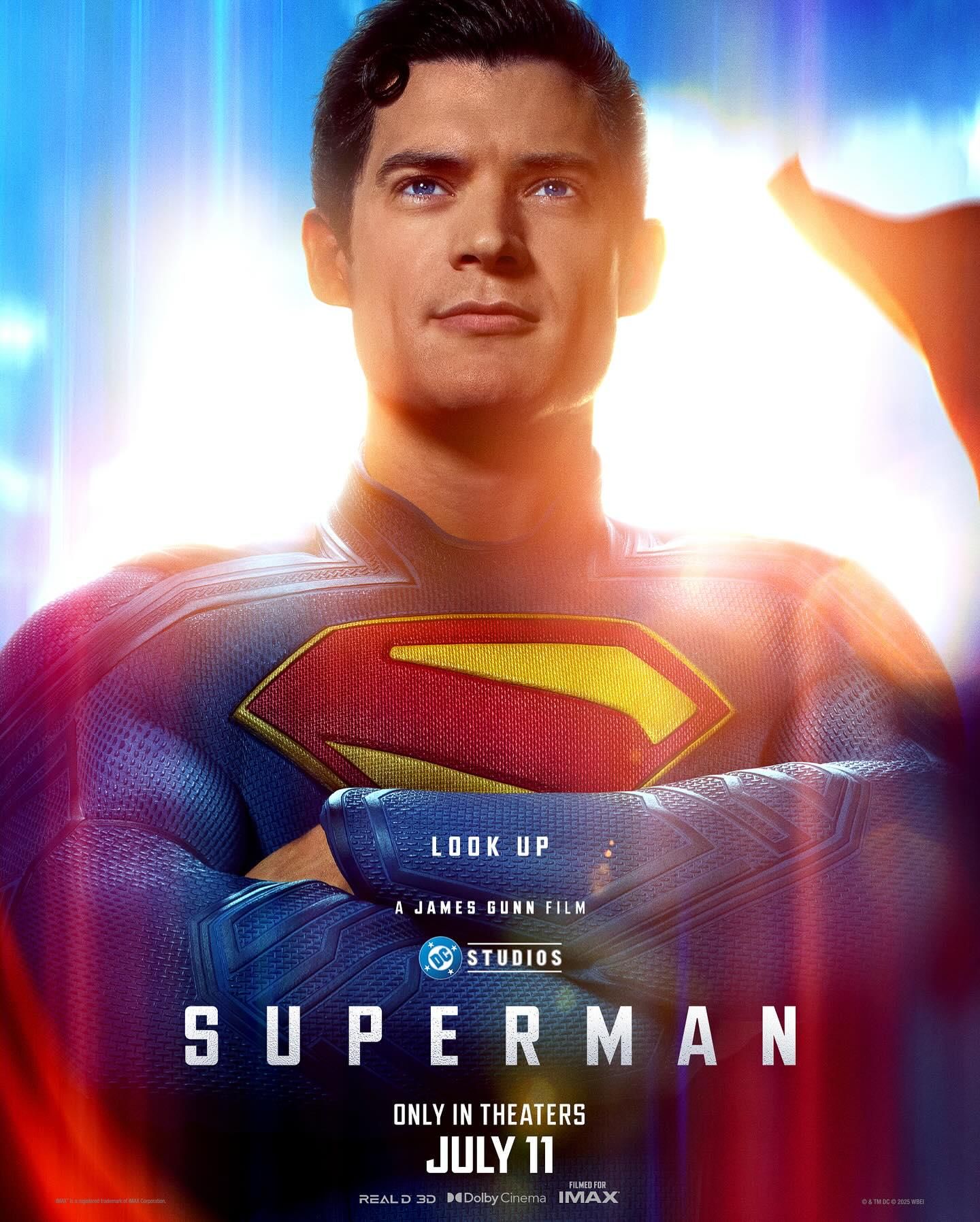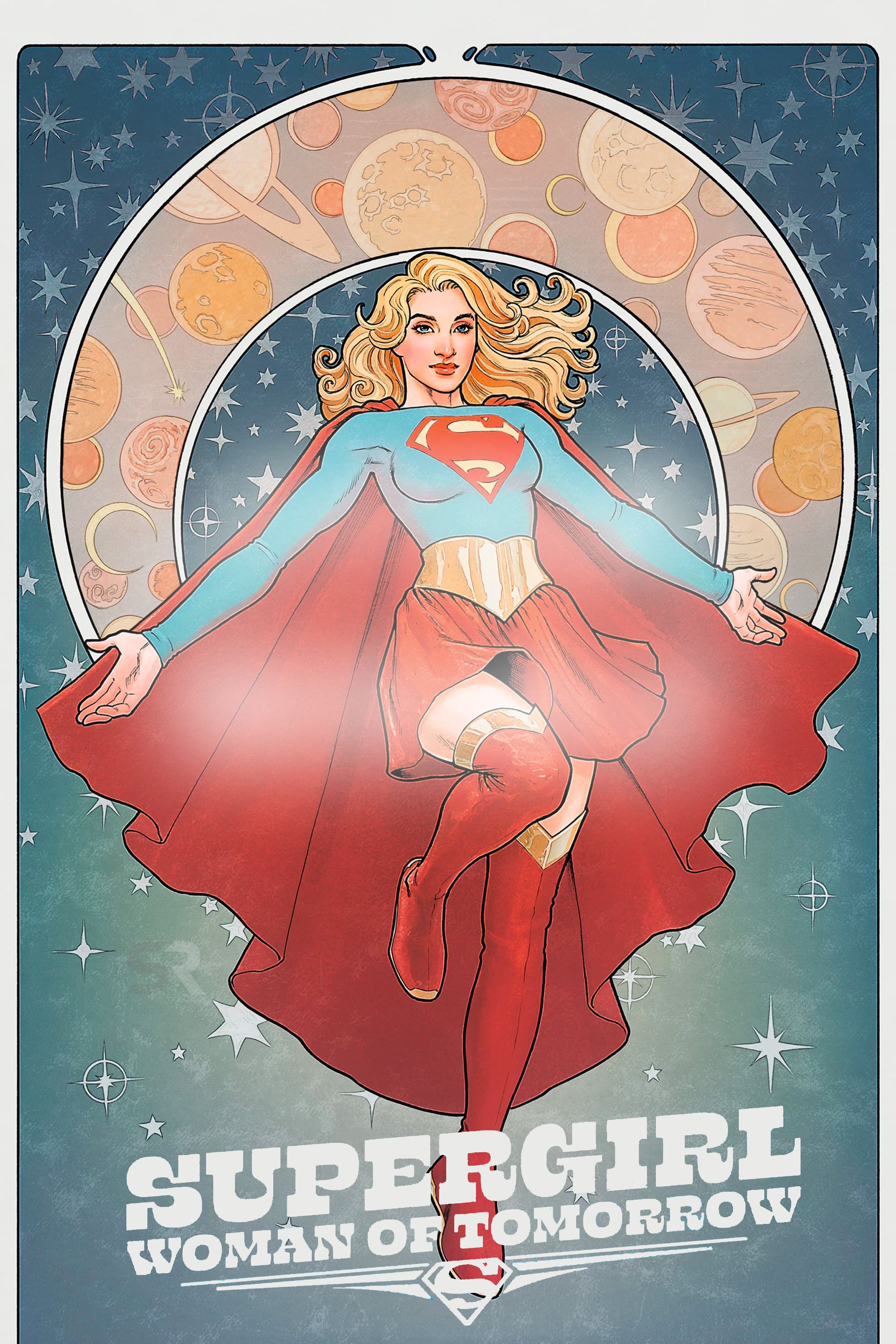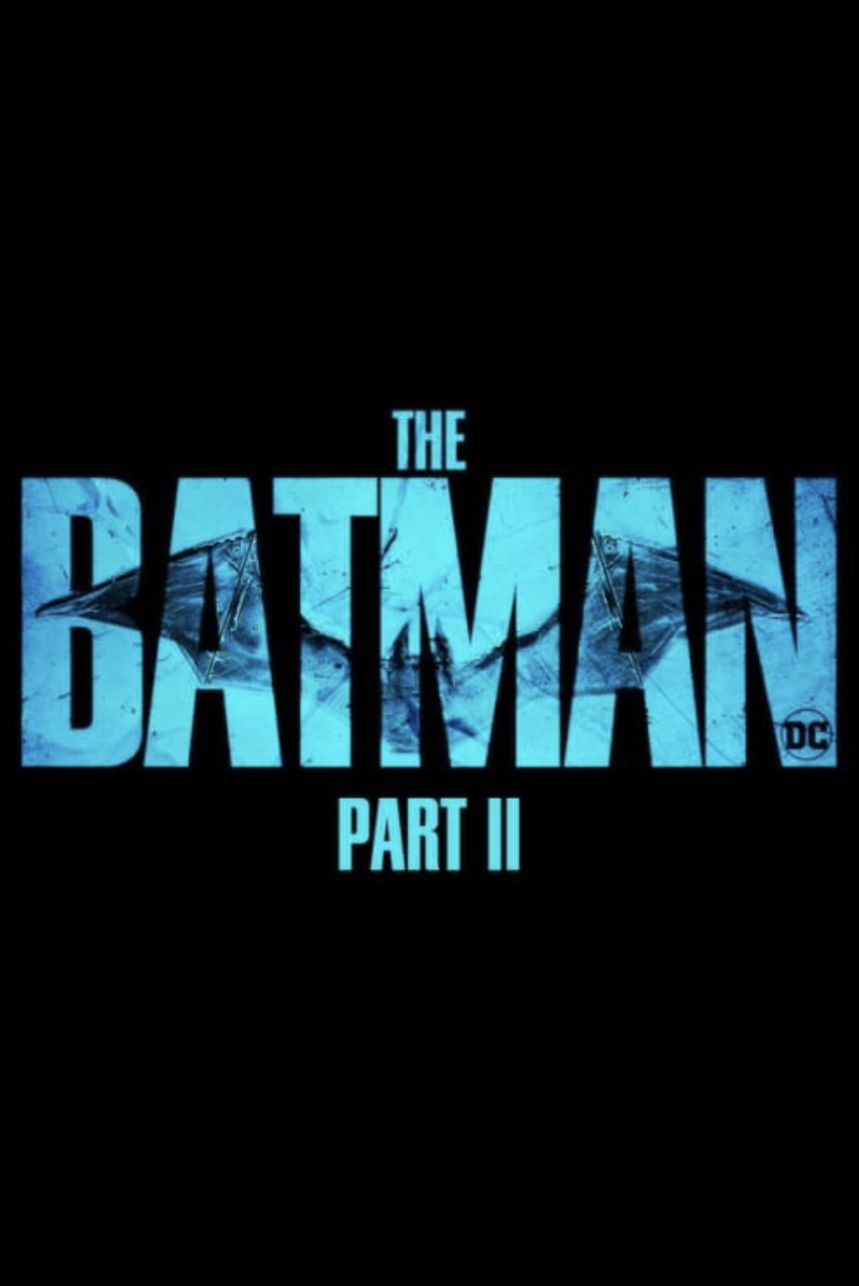The original Schumacher cut of Batman Forever is finally being released and could change the DC movie’s legacy completely. After years of rumors and speculation, the elusive “Schumacher Cut” of Batman Forever is finally getting an official screening in Los Angeles on May 29. This alternative version, long whispered about, offers a darker, more psychologically rich take on Val Kilmer’s sole outing as the Caped Crusader. Now, nearly 30 years after its theatrical release, the version director Joel Schumacher intended may finally get its due.
Released in 1995, Batman Forever marked a bold pivot from Tim Burton’s brooding gothic tone to a brighter, more flamboyant vision of Gotham. Joel Schumacher took the director’s chair with Val Kilmer stepping into the Batsuit after Michael Keaton’s Batman. While the film was a box office success, its campy tone and stylistic shift divided fans. Yet beneath the neon sheen lay traces of a more serious film – one that Warner Bros. had trimmed down to suit a younger audience. That version, the so-called Schumacher Cut, is now finally being unearthed and screened by Cinefile Video.
The History Of Batman Forever’s Schumacher Cut
Joel Schumacher’s Original Cut Was Much Longer
The origins of the Schumacher Cut trace back to the film’s post-production in 1995. Joel Schumacher originally delivered a 160-minute version of Batman Forever to Warner Bros., one that leaned heavily into Bruce Wayne’s inner torment and featured a more coherent exploration of Gotham’s criminal psyche. However, concerned about the darker tone following the divisive response to Batman Returns, the studio mandated significant edits. Roughly 38 minutes of footage was removed to streamline the movie for a more family-friendly audience, minimizing psychological themes and narrative complexity.
Over the years, audiences campaigned for the release of Schumacher’s original vision, especially after director’s cuts like Zack Snyder’s Justice League gained traction. Interest surged further following Schumacher’s death in 2020, as calls grew louder to honor the filmmaker’s intended narrative. Warner Bros. eventually confirmed that a longer cut existed in their archives. Now, with the May 29 screening in Los Angeles, the Schumacher Cut will finally see the light of day, offering a long-awaited alternate look at Gotham’s dark knight.
How Batman Forever’s Schumacher Cut Differs From The Theatrical Cut
The Schumacher Cut Both Adds And Removes From The Theatrical Cut
Though not publicly released, the famed writer and director Kevin Smith watched the Schumacher Cut of Batman Forever and confirmed some of the changes. It opens with a dramatically different introduction, shifting focus directly onto Harvey Dent, aka Two-Face. Instead of jumping into the neon-lit bank robbery from the theatrical cut, this version begins with Two-Face’s escape from Arkham Asylum. This sets a darker, more urgent tone and gives the character a stronger presence from the start.
It then cuts to Bruce Wayne watching the incident on the news. This scene elaborates on Two-Face’s origins, bridging the gap between Batman Forever and Batman Returns. A news anchor even notes the recent influx of “colorful criminals” coming to Gotham, acknowledging the chaos left in Batman’s wake after his previous battles and the movie’s change in tone.
This narrative cohesion between the Burton films and Schumacher’s entry is a major tonal and storytelling shift. The film then introduces Bruce Wayne at Wayne Enterprises, casually walking the halls and receiving a message from Edward Nygma – a much more grounded setup than the abrupt lab sequence in the theatrical cut. Bruce departs to stop Two-Face’s bank robbery, leading to a significantly longer action sequence. Two-Face’s dialogue is expanded, and there’s more build-up to the confrontation, making it clear that he, not the Riddler, is the primary antagonist for the first half of the film.
The extended scenes continue throughout, with a substantial focus on Bruce Wayne’s psyche. A standout addition is a sequence following the villains’ attack on Wayne Manor. After suffering a concussion, Bruce temporarily forgets that he is Batman. This subplot deepens his emotional arc and introduces a symbolic encounter with a giant bat in the Batcave – a haunting representation of his trauma revisited later in the theatrical cut. This sequence also absolves Bruce of his long-held guilt over his parents’ murder by revealing he wasn’t the reason they went to the movies that night.
It’s a profound moment that recontextualizes his mission and allows him to reclaim his idenтιтy as Batman with a sense of clarity. The Schumacher Cut also gives Chase Meridian (Nicole Kidman) more meaningful scenes, enhancing her dynamic with Bruce. Their relationship is more than flirtation here — it becomes a study of Bruce’s dual idenтιтy and his struggle to reconcile the man and the mask. These emotional layers were trimmed or glossed over in the theatrical version, which prioritized spectacle over introspection.
Other notable changes occur during the film’s climax. When the Riddler (Jim Carrey) forces Batman to choose between saving Chase or Robin, the Schumacher Cut adds a small but impactful visual tweak: the floor around Batman is revealed to be an illusion, reinforcing the line about the entire structure being a death trap. This detail not only pays off earlier dialogue but also enhances the Riddler’s psychological warfare.
After Two-Face’s demise, the theatrical cut shows his coin landing in his palm before sinking. That moment is removed in the Schumacher Cut. Additionally, the final scene with the Riddler – who has been deformed by his own device – is cut shorter. Gone is the exchange with Batman; instead, the film shifts directly to his breakdown in Arkham Asylum, a bleaker and more tragic note.
Some of the more cartoonish or comedic elements are trimmed as well. Gone is the infamous laundry scene in which Dick Grayson performs martial arts to dry his clothes. Many of the film’s campy one-liners have been softened or excised, giving the movie a more mature, introspective tone throughout. While it’s still recognizable as Batman Forever, the Schumacher Cut is tonally closer to the Burton films and arguably truer to Batman’s dark mythology.
Why Batman Forever’s Schumacher Cut Is So Important
Batman Forever Holds A Strange Legacy In Batman’s Movie History
The release of the Schumacher Cut marks more than just a nostalgic reappraisal; it’s a chance to restore the creative integrity of a filmmaker whose vision was compromised. Joel Schumacher, often blamed for ushering in the more toyetic era of Batman cinema, has long been underestimated. With this cut, audiences can finally see the version of Batman Forever he originally intended – one that bridges the gap between Tim Burton’s gothic noir and a more psychological, neon-drenched narrative. This has become especially pertinent since Schumacher and Kilmer’s deaths in recent years.
The Schumacher Cut reframes Batman Forever not as a garish outlier but as a transitional chapter in the evolution of the Batman mythos. In hindsight, Schumacher’s darker cut aligns more closely with the tone that would later define Christopher Nolan’s acclaimed trilogy. As more director’s cuts receive overdue recognition, the Batman Forever Schumacher Cut stands as a poignant reminder of what happens when art is compromised – and how powerful it can be when it’s finally allowed to speak for itself.
Source: Cinefile Video
Upcoming DC Movie Releases
-
Superman
-
Supergirl: Woman of Tomorrow
-
The Batman Part II
